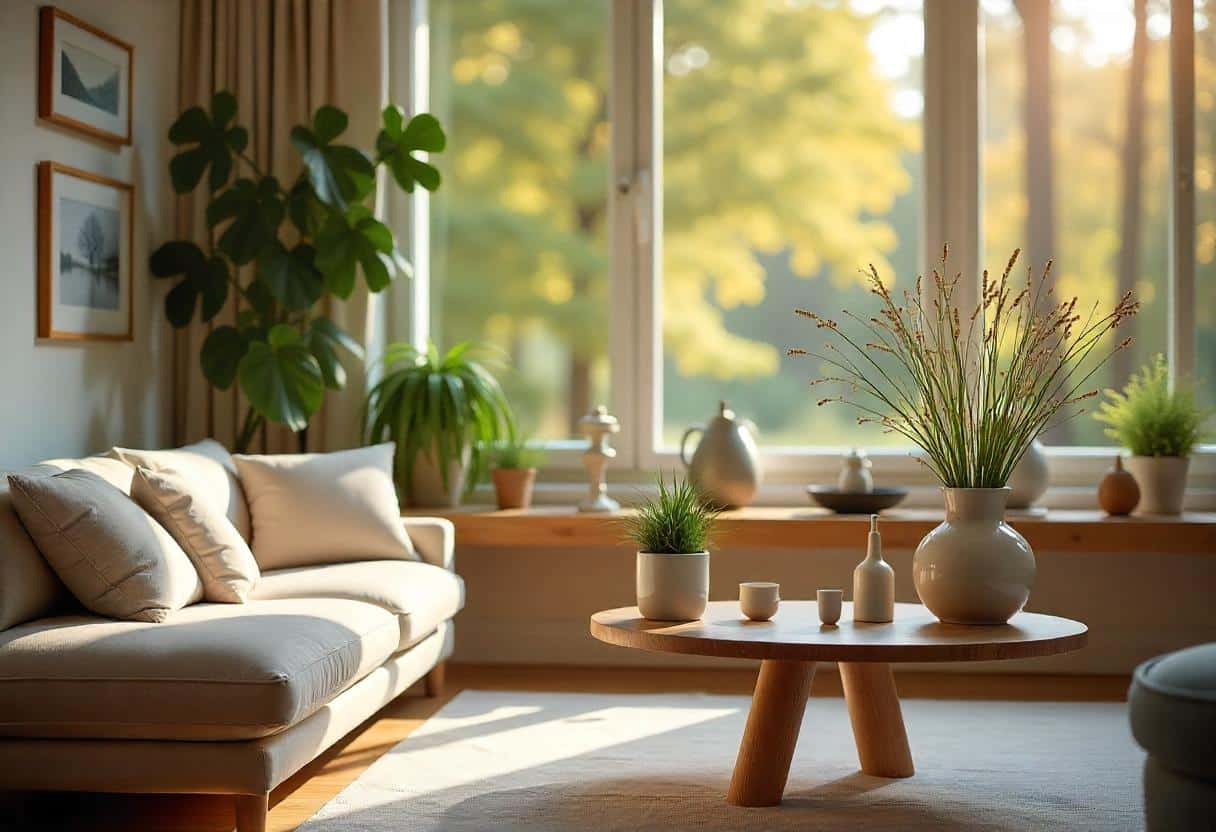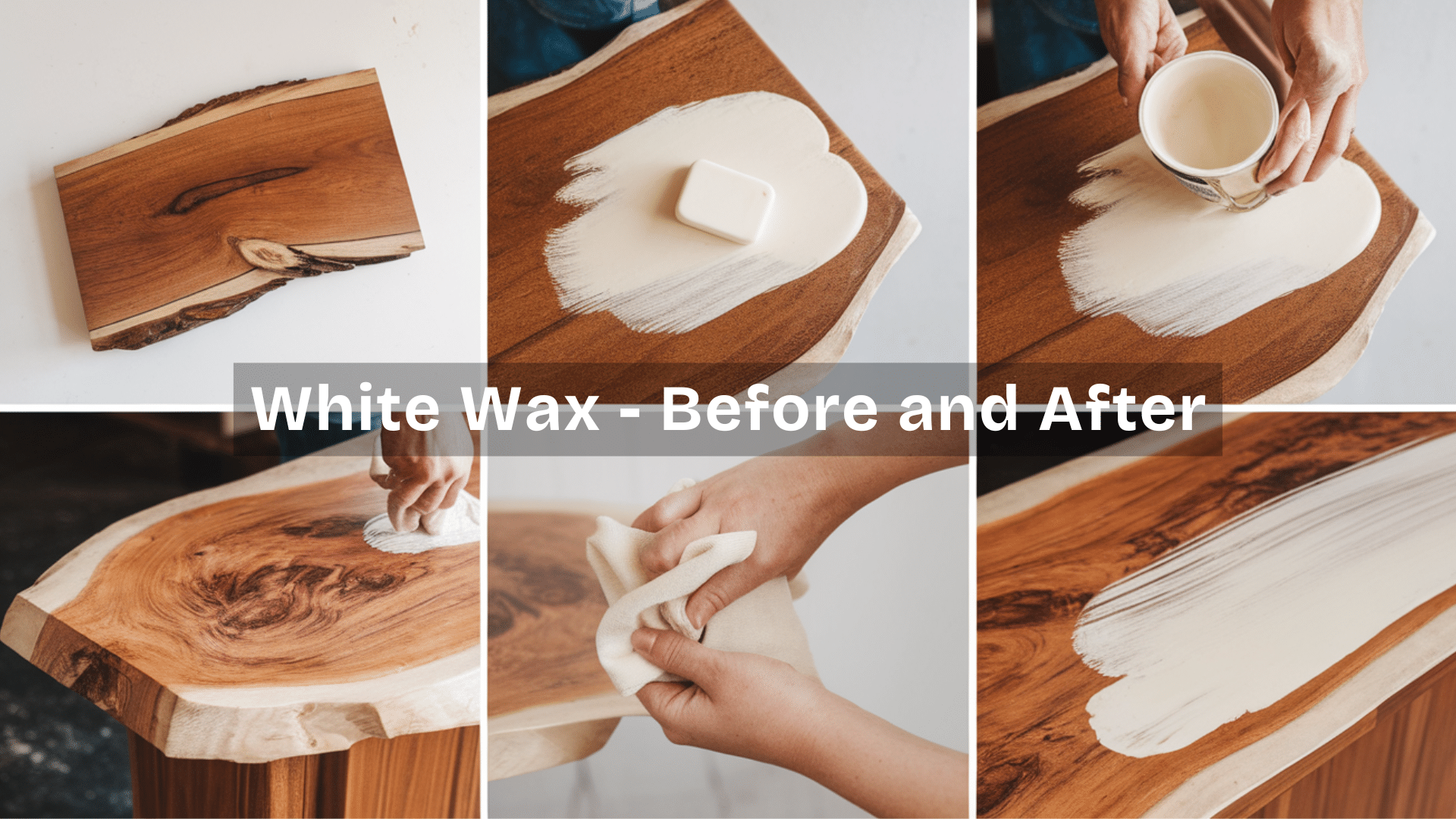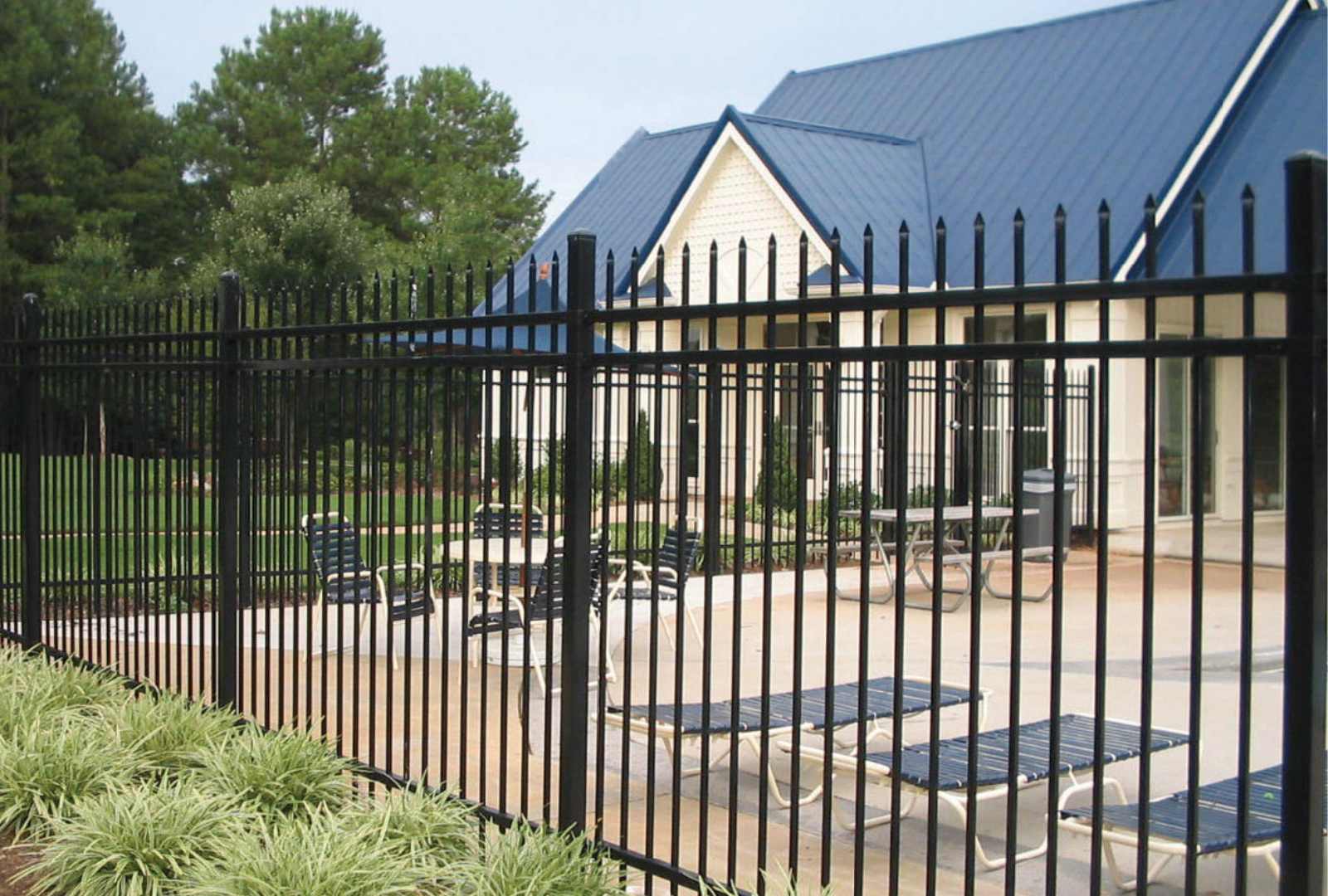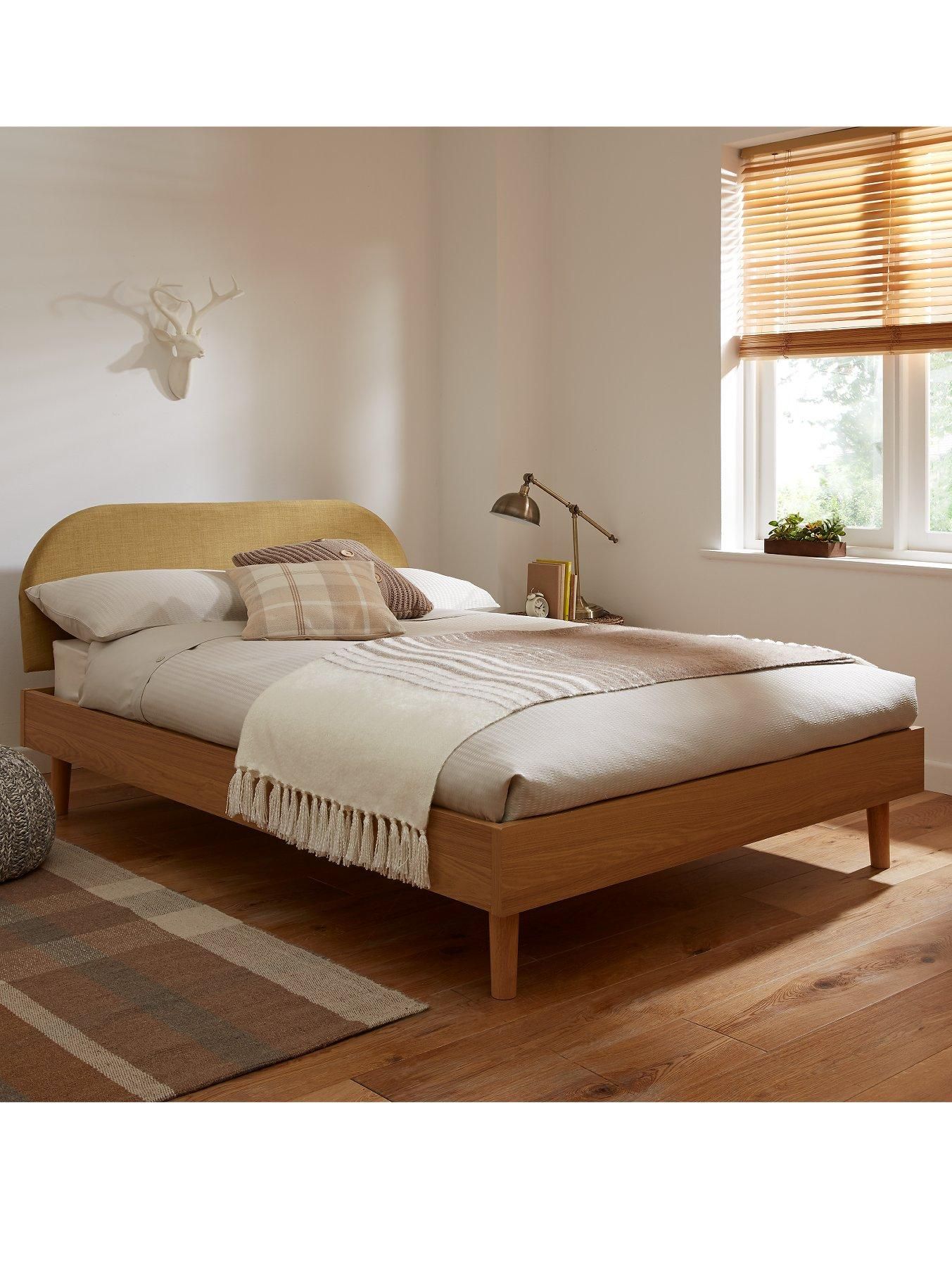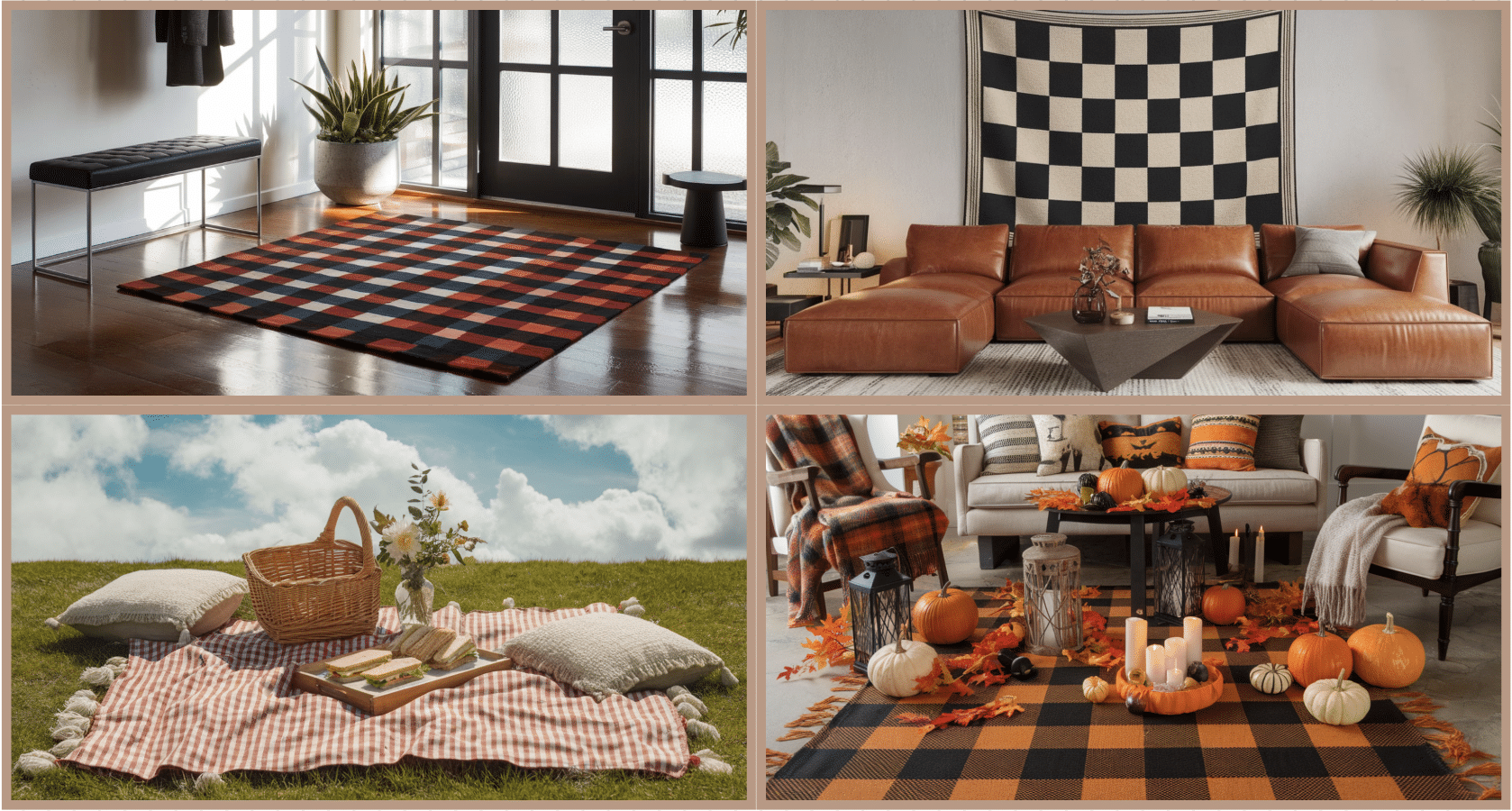Creating a Stylish and Healthy Home for a Better Lifestyle
When we talk about crafting a beautiful home, the conversation often turns toward aesthetics—what looks good, what’s trending, which color combinations “pop.” But as I’ve come to realize, it’s far too easy to get swept up in this visual-first approach and miss out on a critical element: health.
Homes, after all, are where we retreat, recharge, relax with wine and find solace. But are our choices in furniture, decor, and layout helping us achieve this? Or are we unwittingly surrounding ourselves with elements that may do us more harm than good?
In truth, our homes can be filled with hidden toxins, insufficient light, poor air quality, and furniture that strains rather than supports us.
If we’re serious about fostering a space that nurtures not only our aesthetic sensibilities but also our physical and mental well-being, it’s time to peel back the pretty paint and ask hard questions about what “healthy home” really means. Here’s a look at the foundations of a truly healthy, supportive living space.
Design with Natural Light in Mind
We all love natural light; it’s what makes rooms feel open, bright, and welcoming. But natural light isn’t just a stylistic choice—it’s vital to our health. Research shows that exposure to natural light is directly linked to our circadian rhythm, our body’s internal clock that affects sleep cycles, hormone release, and mood regulation.
Living in spaces with inadequate natural light has been associated with everything from seasonal depression to eye strain. Think about how your mood shifts in winter’s low light compared to a sunny day—it’s not just in your head!
In many homes, especially in urban areas, windows are minimal or poorly positioned. If remodeling is feasible, consider prioritizing natural light by adding or enlarging windows, and even consider skylights.
This isn’t just an aesthetic decision; it’s an investment in your well-being. For those with limited options, mirrors can be strategically placed to bounce light into darker corners, creating an illusion of brightness.
Air Quality—The Silent Culprit
Indoor air pollution can be two to five times worse than outdoor air quality, according to the Environmental Protection Agency (EPA). And most of us spend up to 90% of our time indoors.
Think about that. Household cleaning products, paint, carpeting, and even furniture can release volatile organic compounds (VOCs) that pollute our indoor air. And, ironically, our drive to make homes more energy-efficient by sealing them up tight has also limited natural ventilation, trapping pollutants inside.
Houseplants are a natural, low-cost remedy for some indoor air quality issues. Spider plants, snake plants, and peace lilies are great starters that act as natural filters for pollutants. But don’t rely on plants alone—investing in a quality air purifier that handles allergens, VOCs, and even mold can be a game changer.
Understand that a clean, stylish home isn’t necessarily a healthy one. The true beauty of a space lies in its ability to nurture, not stifle, those within it.
The Truth About Furniture and Ergonomics
Furniture often revolves around the idea of comfort—but what is “comfortable” really? Is it the couch that lets you sink in or the ergonomic chair that keeps your spine aligned while you work?
So many of us have quickly transitioned to working from home without rethinking our seating, desks, or workspace setup, and we’re paying for it in terms of back pain, eye strain, and overall discomfort.
It’s worth prioritizing ergonomics as much as aesthetics. Look for desks that allow you to adjust your setup based on your needs or chairs designed to support your back, shoulders, and neck properly.
This isn’t just for office spaces; even in living areas, it’s about choosing seating that doesn’t compromise your body for style. The ideal pieces should support both your visual and physical comfort, not leave you aching after a few hours.
The Role of Color Psychology—Is Your Home Stressing You Out?
Colors have a profound effect on our emotions, yet we tend to choose them based on trendiness rather than how they’ll make us feel. Shades like blue and green have been shown to lower stress levels, while red can increase energy levels and even pulse rate. If the goal is to create a restful environment, softer, muted tones could be better for rooms like the bedroom, where calm and relaxation are essential.
Bold, contrasting colors have their place, but overwhelming a room with bright or aggressive tones can sometimes have a jarring effect. By understanding color psychology, we can design a space that isn’t just visually appealing but actively contributes to our mental well-being.
Health-Conscious Choices: More Than Just Decor
Consider for a moment what’s inside your showerhead. There’s a new wave of health-focused amenities, from vitamin C-infused showerheads (inspired by innovations from multivitamins manufacturers who understand the benefits of essential nutrients) to eco-friendly cleaning products that minimize toxins in your living space.
It may sound like a health trend, but these choices are grounded in science. Chlorine and other chemicals commonly found in our water can exacerbate skin issues, while standard cleaning products often contain harmful substances that linger in the air long after you’ve cleaned.
Considering a home sauna? Remember that air temperature alone doesn’t determine how “hot” your body actually gets. Infrared systems transfer heat differently than traditional saunas, so 130°F in one setup can feel and perform very differently in another— learn more about heat transfer, core temperature rise, and how to evaluate sauna claims beyond the thermostat.
Making these small swaps—from water filtration to using natural, unscented cleaning supplies—can reduce the invisible, yet real, health risks lurking in our homes. Why prioritize an elegant vase if it sits amidst a cloud of chemicals from conventional sprays or air fresheners?
Renovations With Purpose
If you’re considering a renovation, think beyond just “fixing up” or modernizing. Choose projects that will improve your home’s air quality, lighting, and overall functionality. This could mean upgrading to more eco-friendly materials, investing in solid insulation, or choosing sustainable, low-VOC paint. These changes may not be flashy, but they make a lasting difference in your home’s safety and comfort.
While some homeowners might be tempted to DIY all adjustments, consulting a general contractor ensures that these structural changes are safe and effective. A skilled contractor can help you explore options for maximizing small changes while safeguarding your home’s structural integrity, letting your design vision come to life seamlessly.
The truth is, when we invest in our homes, we’re investing in our futures. Why settle for surfaces and facades when we can create spaces that work for us, and not against us?
Wrapping It Up—A Home That Heals
It’s easy to get caught up in home design trends and Pinterest boards that promise a “dream home.” But if our homes don’t support our health, then what’s the point? We spend so much time, effort, and money making our spaces beautiful, but beauty without health is an empty victory. We need to shift our focus to ask: Is this home supporting my health and well-being?
As we move forward, let’s challenge ourselves to rethink what makes a home truly desirable. Can a home be both stylish and a sanctuary for health? And if not, is it really the haven we imagine it to be?
This is the bold new frontier of home design—where beauty meets wellness and where our choices can create spaces that are as nurturing as they are stunning. The path to a healthier home isn’t through decor alone; it’s through choices that value our bodies and minds as much as our love for style.

